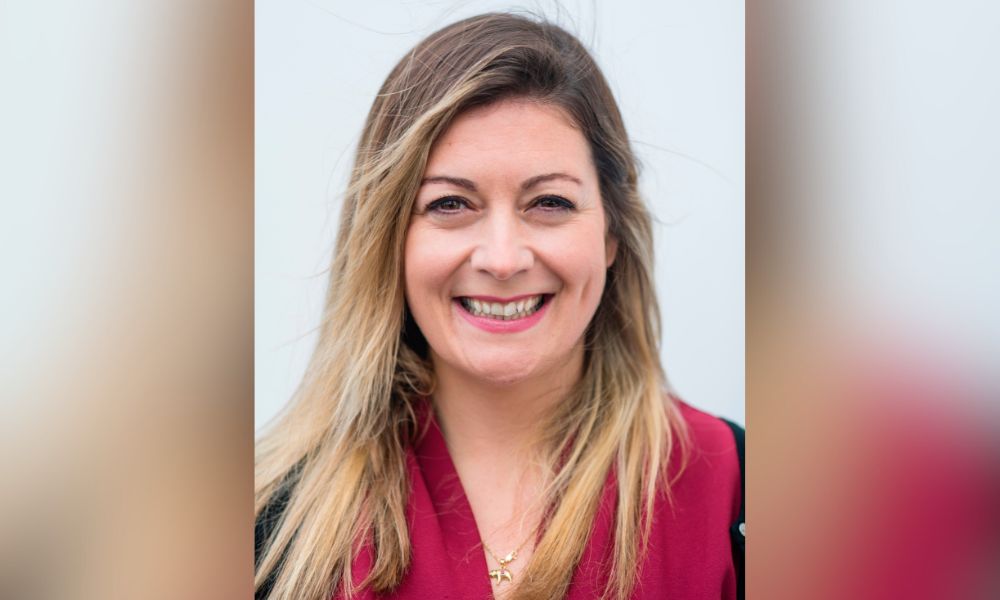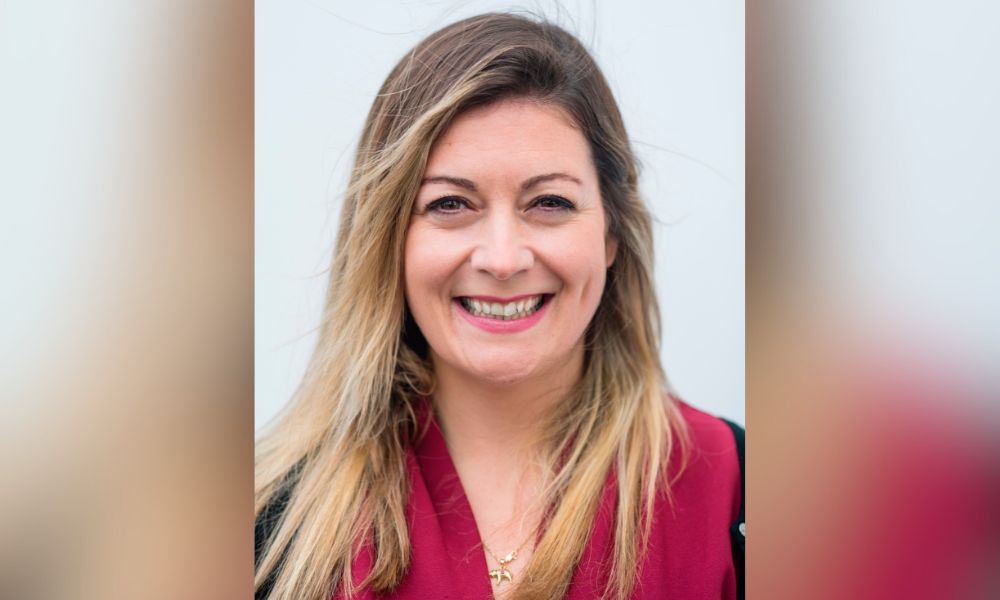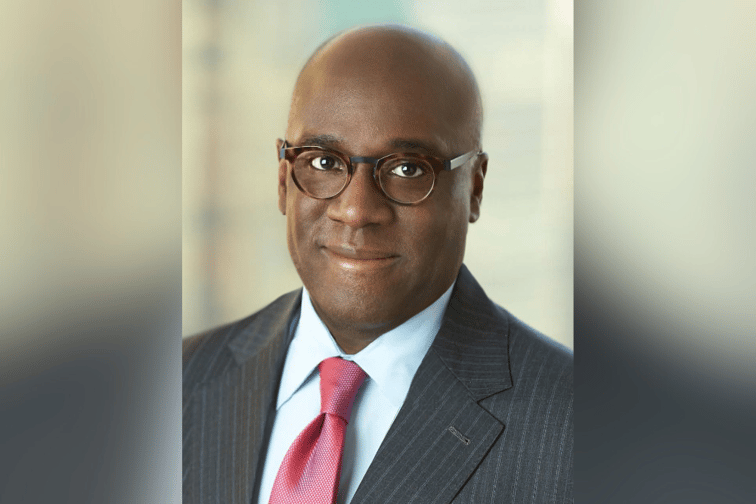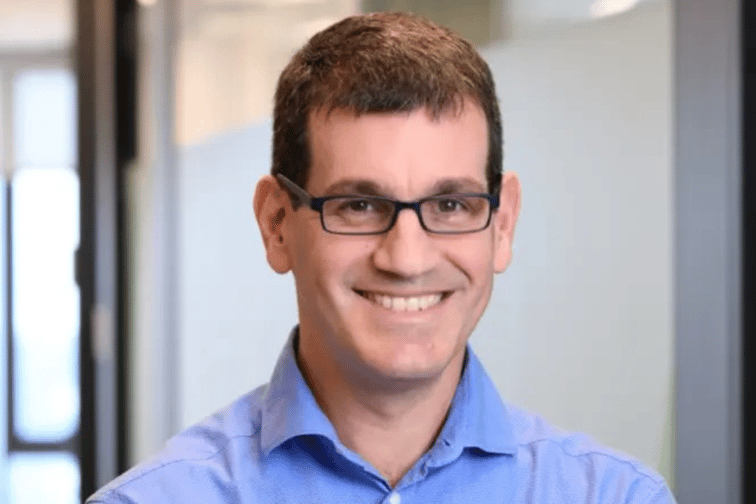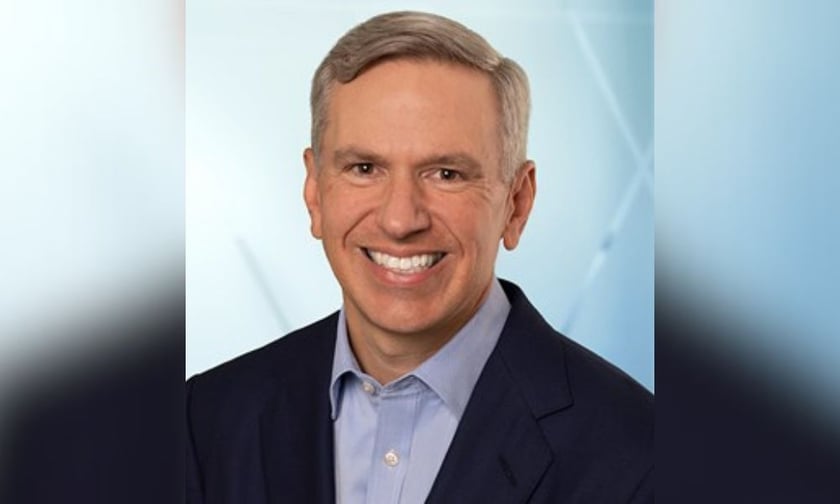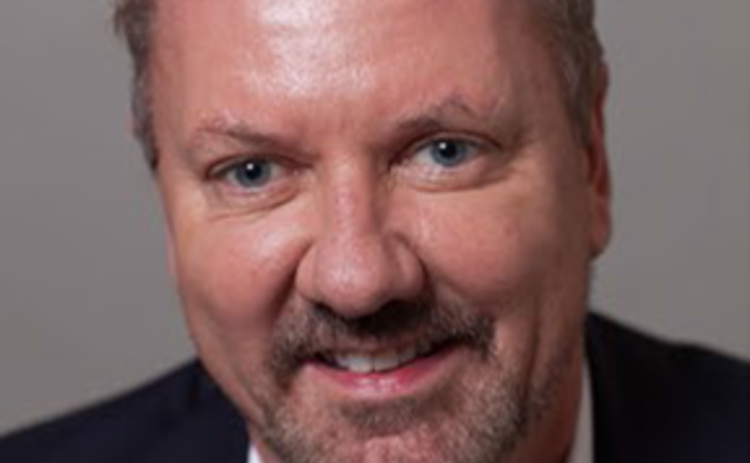
Better property cycle claims time will be felt immediately

In a recent report, Verisk highlighted the impact of the UK government’s decision to ease entry rules for construction workers from overseas. While this move is expected to expand the pool of skilled workers available for property repairs, potentially addressing delays in property claims cycle times and improving work-in-progress (WIP), it will take some time for its effects to be felt across industries.
The report also outlined the warning issued by the Migration Advisory Committee, emphasising the shortages in occupations like bricklayers, roofers, carpenters, and plasterers since the UK’s exit from the EU. The Home Office has recently added these professions to its shortage occupation list, aiming to streamline entry for workers in these fields.
Verisk property head Ben Blain said that relaxing the rules for skilled workers to work in the UK should be welcome news as labour shortage has impacted the delays in completing repair work for policyholders.
Besides labour shortages, the report also underscores other factors contributing to increased repair costs and prolonged repair durations.
“Increases in the cost of materials, oil, gas, and plant have made repairs to commercial and domestic properties significantly more expensive for insurers and contractors alike. The shortage of building materials caused by the war in Ukraine also contributed to the challenges faced by insurers and contractors,” Blain said.
Inflation levelling off
Verisk analyses and shares insights regarding macroeconomic, regulatory, and political impacts. Blain said that trends in claims activity alongside the insights should help insurers, contractors, and other groups involved in property repair to make informed decisions in uncertain conditions.
“The data we share with our customers provides a platform for fair and transparent discussions between insurers and contractors. By offering an impartial service for setting repair rates, it strengthens their relationships and streamlines the process. This ultimately makes for swifter decision making to get repairs underway which is a clear benefit for policyholder,” he said.
The report also had some good news for carriers as it revealed that the peak of inflation that is elevating prices is seemingly leveling off.
“The last 18 months have seen significant increases in the cost of materials,” Blain said. “One example is the cost of bricks and concrete blocks which have risen by 24%. But the positive news is that the worst of the inflation pressures appears to be behind us, but that does not mean we can expect prices to come down markedly in the near to medium term. For example, bricks were 50p each and they are now over £1.00, and we are unlikely to see a return to pre-high inflation price levels.”
What are your thoughts on this story? Please feel free to share your comments below.
Related Stories
Keep up with the latest news and events
Join our mailing list, it’s free!

This page requires JavaScript

